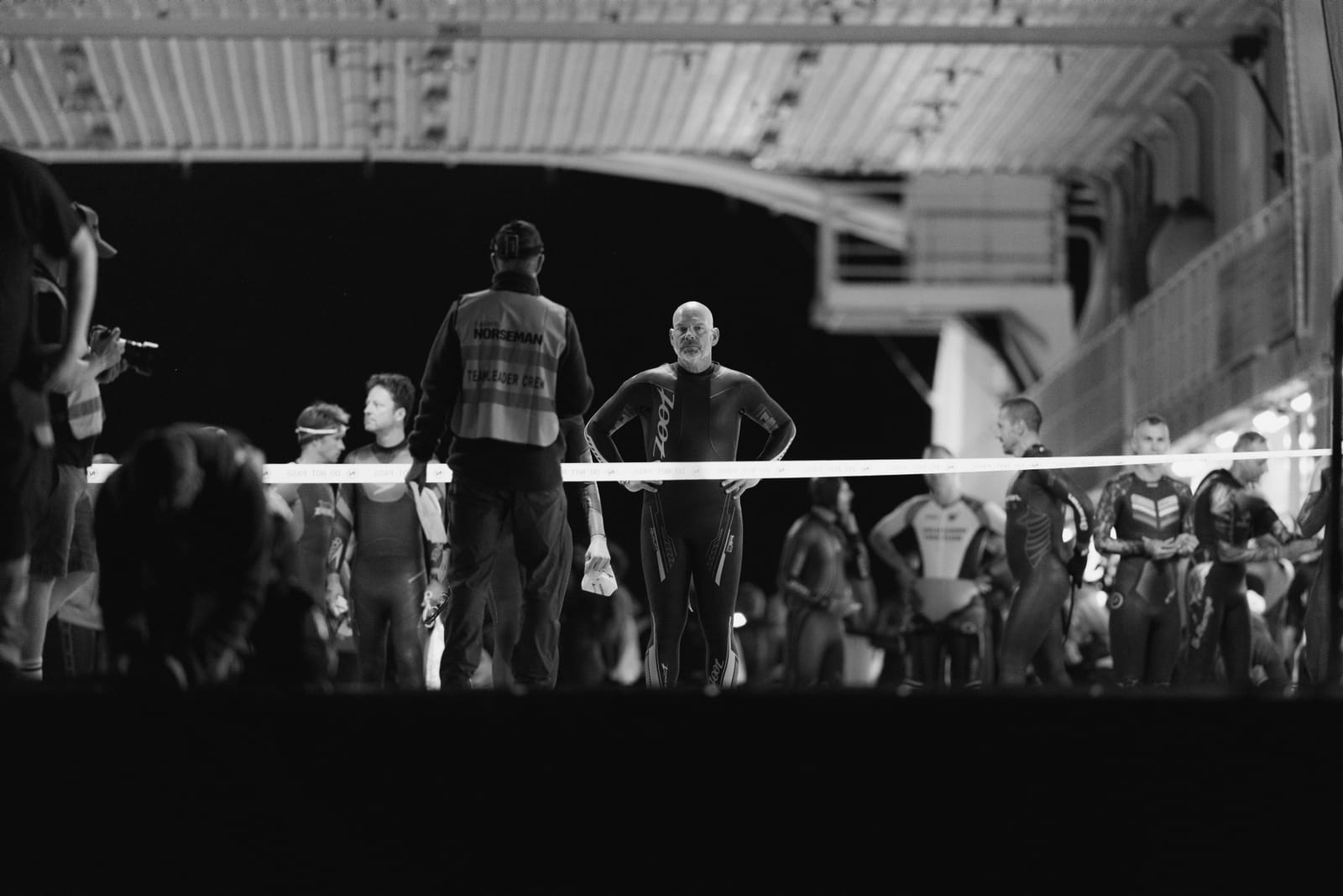By Dr Ross Tucker – The Science in Sport
The running shoe debate: An old topic revisted
To date, we have not really tackled the running shoe subject directly here at The Science of Sport, but it has come up incidentally in previous posts.
For example, it came up in the first post on our series on the Pose Running technique, where it was pointed out that ever since the “boom” in the running shoe industry about 30 years ago, the percentage of runners who get injured each year has remained pretty much the same.
So despite technological advances and developments in the industry, injury incidences have remained largely unchanged. Shoe companies make many promises, such as:
“Anti-pronation devices limit movement of the foot, reducing the risk of injury in overpronators”, or “Forefoot and rearfoot cushioning devices reduce impact and the risk of injury”
Yet there’s little reason to believe that this is true. The latest studies suggest that anything between 40% and 70% of runners are injured every year. And fascinatingly, in 1989, a study found that runners who ran in shoes costing more than $95 actually were twice as likely to get injured than runners who ran in shoes costing only $40! That was even after correcting for training and racing mileage! Of course, it’s impossible to conclude that “expensive shoes CAUSE injury”, because there are other factors that can’t be accounted for. And one might argue that the typical runner of 2008 is quite different from the runners of the 1970’s, who tended to be lightweight, biomechanically very different athletes. So maybe the fact that the injury rates are the same is actually a positive for the shoe industry? But let’s pursue it a little further…
Points of differentiation and running shoe research
And what is more, the companies very rarely make their research available for all to see. Even if they did, you can pretty much guarantee that the research (which would be funded by the company, remember) would show “conclusively” that the shoe positively influences biomechanics, cushioning and hence reduces injury risk. The cynics among us would challenge the research on the grounds that they company could hardly spend money on scientific research and conclude that their latest selling point on the new models DOESN’T make a difference!
And in order to understand the full extent of the issue, you have to appreciate what is relatively obvious from a marketing point of view – all shoe makers are doing their utmost to differentiate their shoes and get their “share of wallet” in what is a very competitive, very lucrative (billions of dollars), but very cluttered market. The result of this search for a “point of differentiation” has thrown up a dizzying number of gimmicks and gadgets – every company has their solution, their distinctive features, often with the same function as competitors’, yet it’s still called “cutting edge technology”.
A great article on running shoes
For a great article on the shoe industry, right the way from the Pharoahs of Egypt, through the Middle Ages and then onto the modern shoe industry, here is a great article on running shoes:
Athletic Footwear and Running Injuries
The article is pretty long, but worth the read. For the latest information and some real thought-provoking writing, I’d recommend Part II, about a quarter of the way down the page, which focuses on running injuries and how the shoes have failed to alter the injury rates.
Click here to read Dr Ross Tucker’s full article






